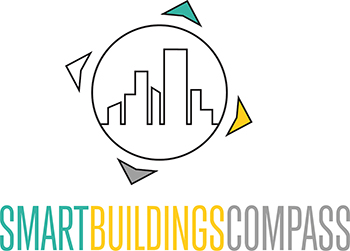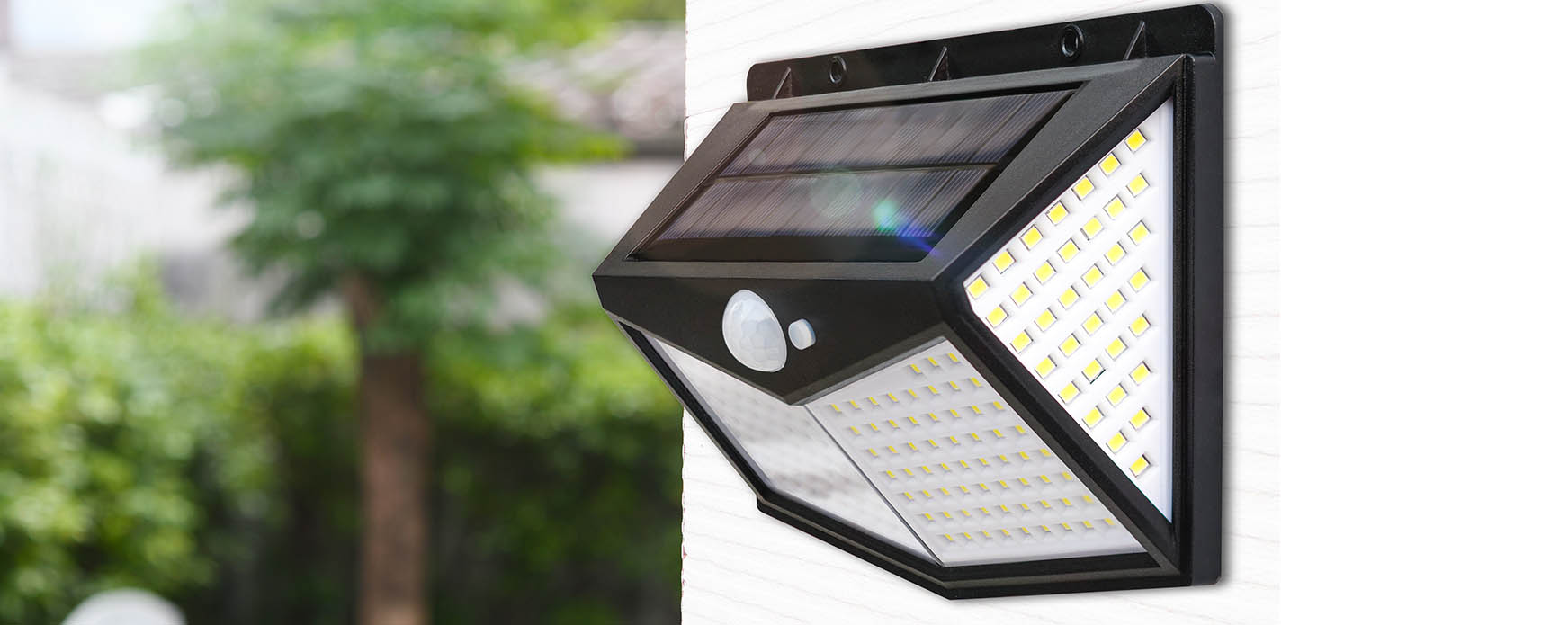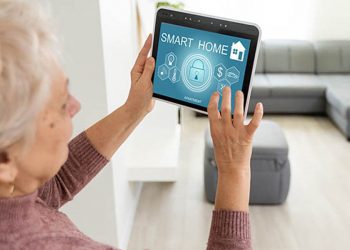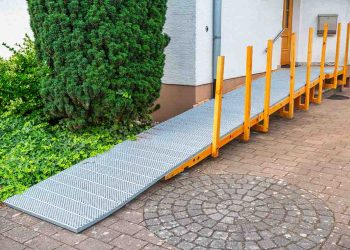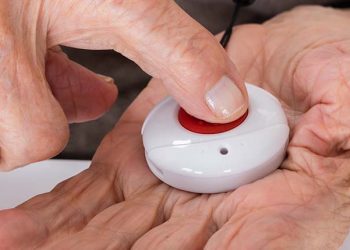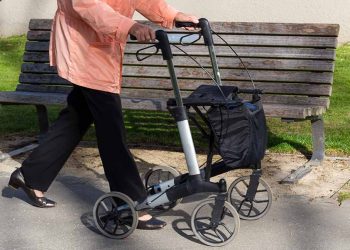Also called detectors, sensors measure certain conditions (e.g. temperatures) and forward them to the information center connected to it (e.g. smart home center). There, this information is processed and commands based on it (e.g. control of the heating) are issued to the technical devices.
The sensor is also understood as a component/auxiliary that detects and reacts to changes in state. For example, physical quantities such as pressure, temperature, light intensity or speed are converted into an electrical signal.
Accordingly, there is an abundance of different types, some examples would be:
- Car sensors
- Torque sensors
- Pressure sensors
- Flow sensors
- Development boards and evaluation kits sensors
- Humidity sensors
- Fluid sensors
- Speed sensors
Humans also have sensors and so-called receptors: We feel, see, smell, taste and hear. Our senses are essential for us to orient ourselves and react to environmental stimuli.
Where are sensors used?
Sensors are used in many different areas, and sensor technology can be found almost everywhere in our everyday lives. One of the best-known examples of this is the sensor that measures humidity or temperature, for example; we also encounter the thermometer or the motion detector every day. Smoke detectors, automatic doors, the technology in our smartphones and cars (e.g., parking aids) are just a few of the real-world examples.
Furthermore, these detectors can also be found in many application areas such as mechanical and plant engineering as well as factory automation and process technology. They are necessary to automate a process and keep it running reliably. These sensors protect against damage, prevent wear, and increase efficiency by helping to conserve resources. They contribute to the monitoring of systems and interface with the outside world.
